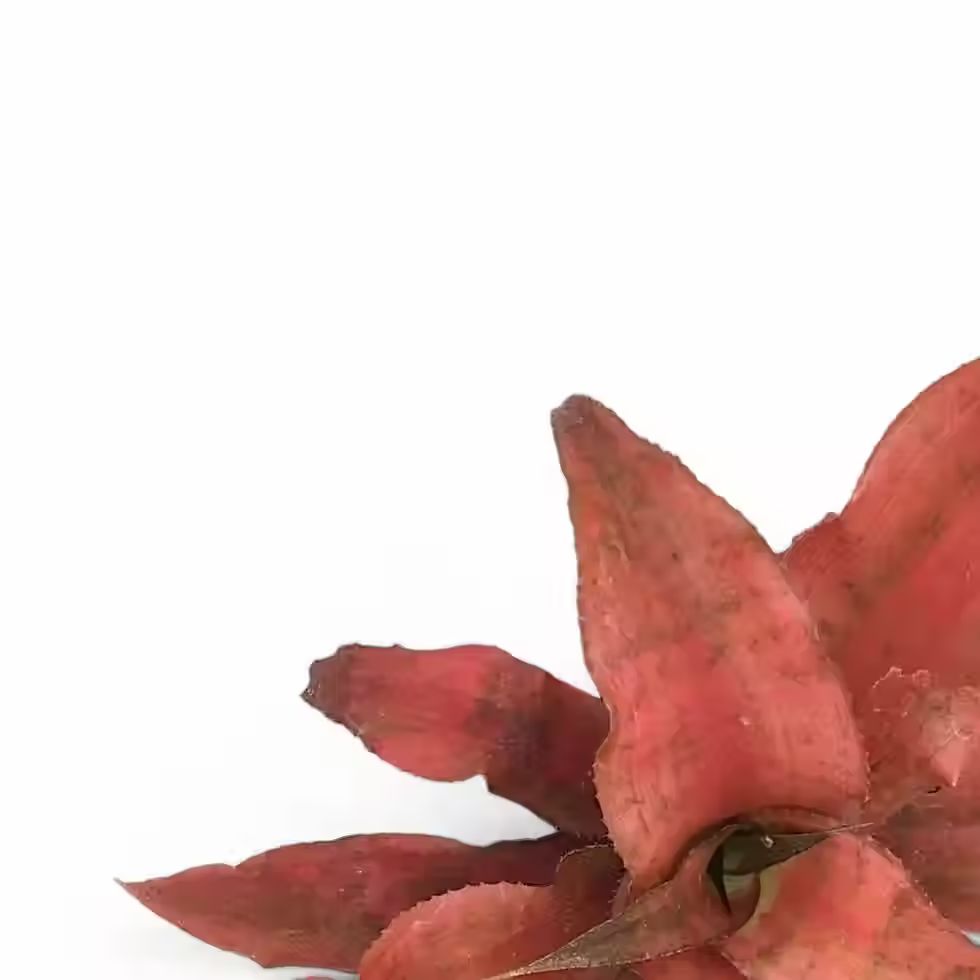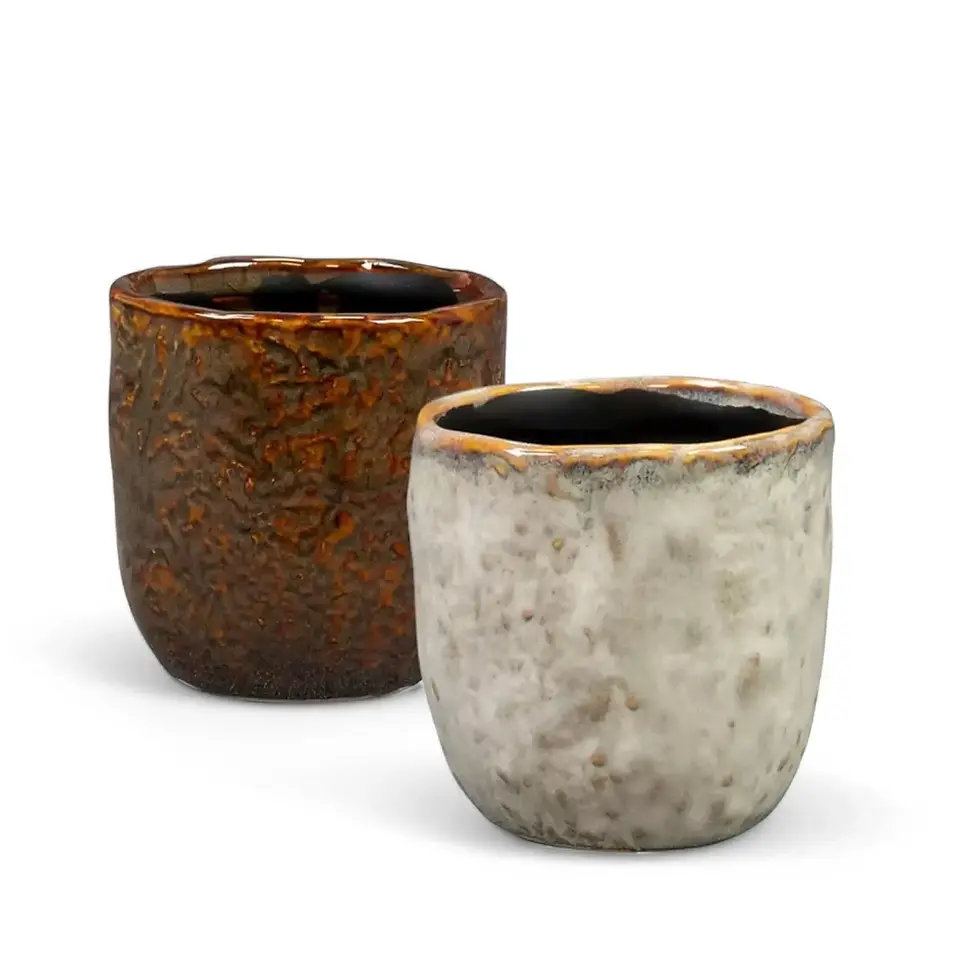Epipremnum pinnatum 'Cintho Goldfinger' – Growth, Care and More
Essential Facts About Epipremnum pinnatum 'Cintho Goldfinger'
Native to tropical Asia and the Pacific, Epipremnum pinnatum thrives in humid rainforests, climbing tall trees with its aerial roots. In its natural habitat, it enjoys warm temperatures around 22-30°C and high humidity. Indoors, this cultivar maintains its climbing habit, producing larger, more fenestrated leaves as it matures. Expect a fast growth rate with proper care, and note that like most Epipremnum species, it is toxic to pets and humans if ingested.
- Growth habit: Climbing, trailing
- Mature leaf size: Can reach over 50 cm in length indoors
- Growth rate: Fast-growing with proper care
- Toxicity: Harmful if consumed (keep away from pets and children)
How to Care for Epipremnum pinnatum 'Cintho Goldfinger'
This striking cultivar is easy to care for with the right conditions. Follow these guidelines to keep it thriving.
- Light: Prefers bright, indirect light. Tolerates moderate light but slower growth. Avoid direct sun.
- Watering: Allow the top 2-3 cm of soil to dry before watering. Avoid overwatering to prevent root rot.
- Humidity: Prefers high humidity but adapts to normal indoor levels. Boost humidity with a pebble tray or humidifier.
- Temperature: Keep between 18-30°C; avoid cold drafts and temperatures below 15°C.
- Soil: Well-draining, chunky aroid mix with organic matter for healthy root development.
- Repotting and Pot Choice: Repot every 1-2 years or when roots outgrow the pot. Use a pot with drainage holes to prevent waterlogging.
- Fertilization: Feed every 4 weeks with a balanced liquid fertilizer. Reduce feeding slightly in lower light conditions.
- Propagation: Easily propagated via stem cuttings in water or soil. Ensure at least one node per cutting.
- Semi-Hydroponics: Grows well in passive hydroponic setups with an inert substrate and nutrient solution.
- Pruning: Trim leggy growth to encourage a bushier shape. Remove yellowing or damaged leaves regularly.
- Placement: Best near a bright window with indirect light. Can be trained to climb a moss pole or left to trail.
Potential Issues and Easy Fixes
Even easy-care plants can face problems. Here’s how to solve them:
- Yellowing leaves? Overwatering is the most common cause. Let the soil dry slightly before watering again.
- Browning tips? Often due to low humidity or inconsistent watering. Increase humidity and water consistently.
- Leggy growth? Insufficient light. Move to a brighter spot and trim back to encourage fuller growth.
- Root rot? Overwatering or poor drainage can lead to rotting roots. Remove affected roots, repot in fresh soil, and adjust watering habits.
- Pests? Watch for thrips, spider mites, and mealybugs. Treat infestations with insecticidal soap , neem oil, or use beneficial insects.
- Fungal issues? Ensure good air circulation and avoid overhead watering to prevent mold and mildew.
- Slow growth? Check light conditions, temperature, and fertilization. Increase care adjustments accordingly.
Extra Care Considerations
To maximize growth and foliage size, provide a moss pole or trellis for support. This encourages mature, fenestrated leaves. Regularly dusting the leaves keeps them healthy and enhances light absorption. Avoid placing near vents or drafty windows, as fluctuating temperatures can stress the plant.
Etymology and History
Originally classified as Pothos pinnatus by Carl Linnaeus, this species was later reclassified as Epipremnum pinnatum by Adolf Engler in 1908 (Pflanzenreich IV, 23B: 60). Its common name, Centipede tongavine, refers to its vigorous climbing habit and elongated leaves.
FAQs
- ❓ Can this plant grow outdoors?
In warm climates (above 18°C year-round), it thrives outdoors in shaded areas. - ❓ How fast does it grow?
It grows rapidly, especially when given a moss pole and regular fertilization. - ❓ Does this plant require a moss pole?
While not essential, providing one encourages larger leaves and more vigorous climbing.
Order Your Epipremnum pinnatum 'Cintho Goldfinger' Today!
This rare variegated Epipremnum is perfect for plant lovers looking to add a vibrant, fast-growing climber to their collection. Get yours today and watch its golden leaves flourish!
Epipremnum pinnatum aureum 'Cintho Goldfinger'
Epipremnum pinnatum aureum 'Cintho Goldfinger' comes in a ⌀ 17 cm pot and is approximately 30 cm tall/ long

























































